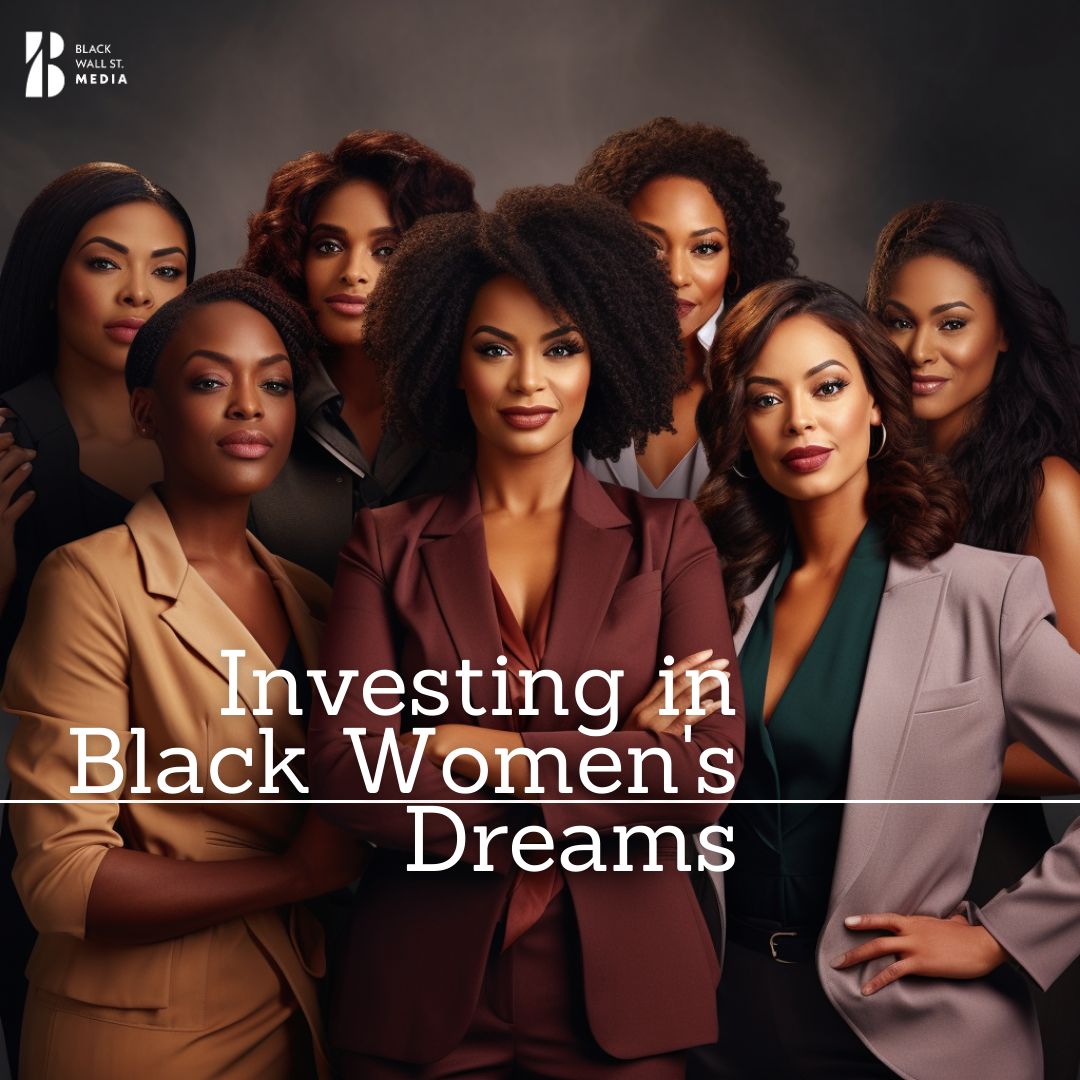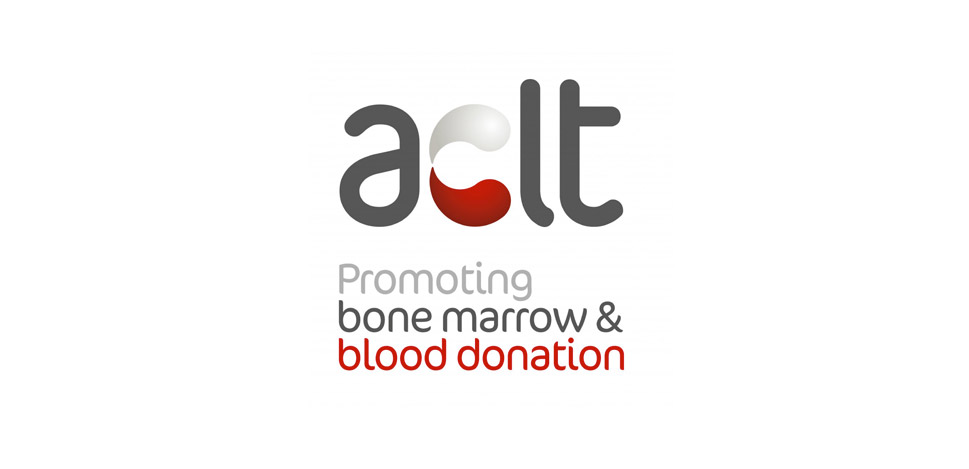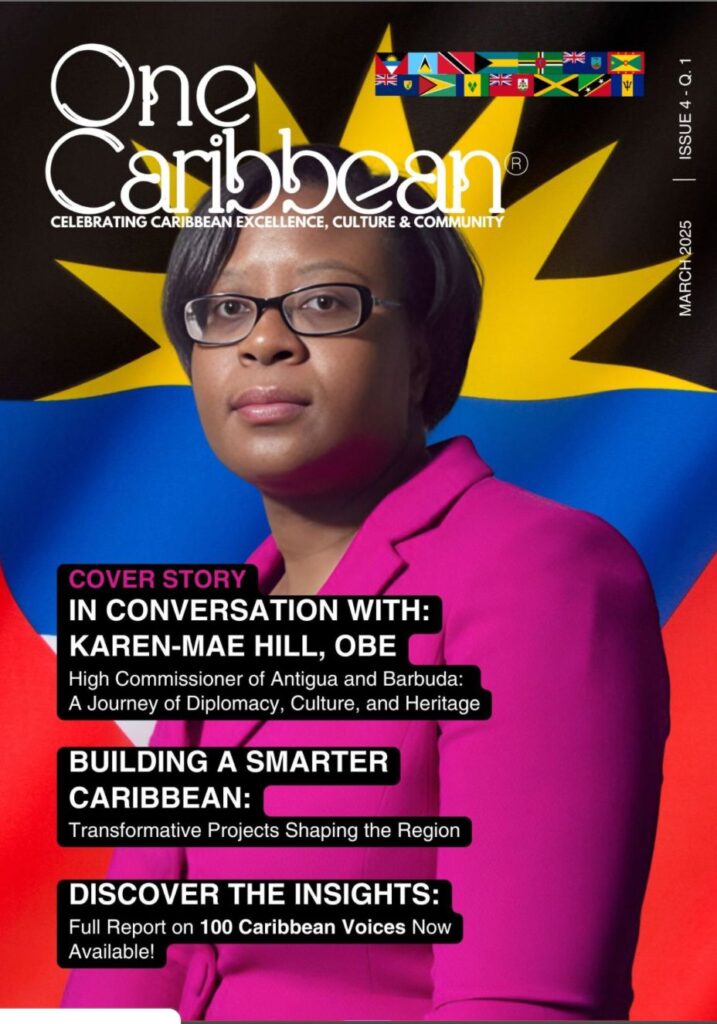Social Issues
Investing in Black Women's Dreams
“Empower Black women leaders to dream big and build lasting change! Join the movement for sustainable investment, inclusivity, and generational impact. Let's reshape philanthropy and support Black women in imagining and creating a better world.”
Gabrielle WyattContributor

Investing in Black Women Leaders With the Dream Capital They Need We all benefit when our most transformative change agents are given the time and resources necessary to dream big.
Black women have always stood up and pushed for social progress—despite being deeply marginalized by the very systems they push to change.
But today, as our democracy inches closer to its breaking point, and our leadership is needed more than ever, Black women are too often invested in as fuel for short-term social progress rather than as humans imagining and building multi-generational change.
This approach is coming at a real detriment to our emotional and physical well-being.
The last three years have only exacerbated this unsustainable dynamic. After the murder of George Floyd ignited nationwide protests, many of us were hopeful that we would see progress. And rather quickly—we did.
We saw unprecedented corporate and philanthropic commitments to racial justice initiatives.
The hiring of DEI roles spiked up to 168.9 percent, and funding increased for organizations focused on narrowing the racial wealth gap for Black girls and women.
But as we have sorely seen, these pledges have fallen flat—failing to close massive funding gaps and widespread burnout much less catalyze real, systemic change and progress.
Recent reporting continues to echo these inequities, revealing that Black professional women experience significant burnout due to stress from the workplace, and that it’s aging us at an accelerated rate—7.5 years—compared with white women.
As we celebrate and honor Black Philanthropy Month, we need to see this alarm for what it is. If we as a society want to realize transformative change, we need to think critically about what it means to sustain Black women as human beings, imagining and creating bold change not just for today, but for 20, 30, 40 years from now.
Looking Back To understand how we invest in Black women, it’s important that we take a step back and reflect on our culture’s approach to funding Black women from past to present. Black women have been—and still are—trailblazers in philanthropy, centering collectivism to advance social change.
From baking and selling pies, cookies, and cakes in beauty salons and street corners to fund the Montgomery Bus Boycott to pooling resources to create land co-operatives, Black women have powered many of America’s most important acts of progress—together. We know the survival of our communities depends on working together and sharing resources. And so for generations, we have.
Everyday acts of giving, resource sharing and community building have been our healing strategies from racism, sexism, and their intersections.
Society has greatly benefited from the achievements of Black women in social progress—and yet, Black women have not. In today’s America, it is estimated that Black women lose $964,400 in earnings over the course of a 40-year career due to the wage gap.
Yet Black women remain committed, supporting causes with their time, actions, and even capital, as they give 25 percent more of their wealth compared to white donors.
The history of Black women’s enslavement in systems and cultures, including philanthropy today, continues to be prevalent as Black women face systemic racial biases in funding practices.
For one example, according to Ms Foundation research, organizations focused specifically on Black women and girls, which are almost always led by Black women, were the beneficiaries of a tiny four percent of the $356 million earmarked by foundations for women and girls of color in 2017.
In recent years, pockets of philanthropy have recognized proximate leadership as important, but the culture of philanthropy largely hasn’t evolved. Across sectors, we continue to see a majority of the field stuck in a culture of funding the short-term wins instead of investing in solutions that support and sustain not only today’s generation, but the generations ahead.
When investments are made, grants are peppered with onerous reporting requirements and overly stringent stipulations—and neither are measured by what matters to the movement. Metrics for metrics’ sake keep us from making any progress at all. Goals have been focused on the effectiveness of organizations, rather than sustaining the people leading them.
Since the pandemic, the social sector has more widely embraced wellness initiatives, commonly offering perks like nutrition programs and gym memberships.
But too often these ideas are implemented with the aim that it will lead to greater outputs for the organization as a whole, rather than improving quality of life for individuals.
An emphasis on productivity as a success metric is particularly problematic for Black women, who face wildly different expectations in their role compared to their counterparts.
Pressures of tight deadlines and heavy workloads are far from the only factors to cause burnout, as Black women deal with a number of barriers, from microaggressions, bias, and sexism to racism and “inclusion delusion.”
For many of us, the unique discrimination that Black women face in the workplace has felt like an overwhelming and insurmountable battle, and it’s no wonder it’s impacting our health.
Shifting the Landscape While Black women and our achievements have been historically overlooked, our resourceful and visionary approach continues—and so it is still possible to evolve and create leadership spaces where we can thrive.
In fact, we are seeing some of this today, and it requires learning and applying the lessons of the past, shifting power, reimagining solutions, and creating new ones.
We see the evolution in the launch of the organization Black Feminist Fund (BFF), deeply rooted in the culture of Black women and philanthropy and providing core, flexible eight-year grants and restorative spaces and community networks for Black women-led non-profit organizations. BFF is reimagining a traditional philanthropic culture of short-term investments.
We see the evolution in how unrestricted funding can be reimagined to support and sustain the well-being of Black and BIPOC leaders at all levels of nonprofit organizations. For example, the Margulf Foundation is supporting the well-being of CEOs and their teams with wellness stipends that began during the peak of COVID-19, but are now an embedded practice of the organization.
MacKenzie Scott’s unrestricted investment in Braven has enabled its founder and her team to expand the organization’s impact. These examples are encouraging and necessary—and we need more.
They alone aren’t enough to make up for decades of underinvestment in Black women leadership.
To see sustainable change, we need to expand our thinking to be multi-generational and go big.
Going Big: Investing in Dream Capital Through the years, we’ve seen some of the most impactful innovations come to life when leaders are given “dream capital”—a trust-based, financial investment that empowers them to look well beyond the day-to-day of societal problems and instead imagine and pursue greater possibilities beyond one-, three-, and even 10-year time horizons.
We have common day examples of dream capital all around us. We see components of dream capital with TED’s Audacious Project, a funding initiative that encourages global changemakers to dream big.
We’ve also seen this with Lever for Change, which breaks down barriers in funding by encouraging donors to use an open-call model—rather than an invitation-only approach—to fund bold solutions for change that will impact generations to come.
One of the most common examples of dream capital can be found among early-stage startup founders who gain the space to birth ideas from the $5,000 to $100,000+ investments made from friends and family.
With these dollars, entrepreneurs are trusted to test assumptions, strengthen their internal capacity, and adjust their strategy before going into full-scale development. And yet, access to dream capital is nearly non-existent for Black women.
While data shows that startups perform better over time when they receive investments from friends and family rounds, these opportunities are only available to a privileged group that is overwhelmingly white and male, perpetuating an even bigger issue that widens the gap between startups led by white male founders and those led by Black women.
In fact, according to a white paper by Fifth Star, for a Black entrepreneur to raise the average $23,000 friends and family round, they would need to secure the entire liquid wealth of six Black families.
This lack of available initial funding leaves Black women leaders starting well behind their white counterparts, continuing the historic domino effect of economic segregation.
This bias and privilege does not sit within the for-profit space alone. The uneven philanthropic access and investment levels for Black women and BIPOC-led solutions at every stage are well-documented.
And the short-term impact is clear: immediate solutions are funded on shoe-string budgets diminishing scale of impact. Black women leaders remain in a toxic cycle of piecing together small and short-term grants to solve centuries-long challenges.
The long-term impact of limited dream capital is rarely spoken about.
The lack of upfront and abundant funding restricts and frankly eliminates a leader’s ability to lift up their head to look around the corner to the generations ahead. This means grants are retroactively funding solutions of the past.
The result of this does not accelerate social progress—in fact, it only puts us, and keeps us, in catch-up mode. This catch-up deepens the costs not only to social progress and sustained change but quite literally to the livelihoods of the leaders themselves—Black women.
If we believe in the power of Black women leadership, we have an imperative to create more opportunities for dream capital. Here’s the thing: Black women and girls have long imagined and built solutions that propel our nation forward with limited capital.
But right now we have the opportunity to break a vicious cycle of burnout, unfair expectations, and unsustainable solutions. Solving deep, systemic issues requires us to expand our thinking outside of the confines that have long been set. It requires us to tap into our full imaginations and dream of bigger, deeper, and more sustained solutions.
We’ve seen the generous MacArthur Genius Award further this evolution. By allowing its recipients to take a step back from bread-winning ventures and immerse themselves in the kind of groundbreaking work that doesn’t have a short-term material payoff, we see that, over time, it benefits all of us in immeasurable ways.
Evolving this to be the norm for Black women requires investment in restorative spaces like The Highland Project, the organization I founded two years ago, where we invest in Black women leaders, or “Highland Leaders,” by giving them the space and dream capital to rest, dream and build. Specifically, we provide them with three important resources: an 18-month experience of curated gatherings anchored in rest, creativity, and imagination; $100,000 direct, unrestricted dream capital; and a community of Black women leaders across generations, sectors, and seats of power.
It’s clear to us that investments in spaces specifically for and centering Black women are essential. Our learnings have shown us the following: To come back to our bold visions as Black women, trusting capital and space to design are essential.
We believe in the power of leaders well beyond news cycles, and so in our application process, we are never pitched on how they will use the capital but rather naming the vision of change that they see multiple generations from now.
We have found that providing dream capital also allows leaders to focus on personal restoration, where they can rest, imagine, and unlock bold visions and solutions for our world. Because we know, and we have seen, that weary eyes create a weary world.
Dream capital is the bridge from where we are and where we need to go.
What we’re seeing in our initial investments designed by leaders after they’ve had space to rest and dream is a focus on breaking the toxic cycle of short-term investments in their communities.
Leaders like Carolene Mays are building and sustaining pipelines of Black civic leaders in Indiana; Rhonda Broussard is co-powering with Generation Hope to create a sustainable ecosystem to support young caregivers in achieving their educational dreams for the long term; and Mary-Pat Hector is building an ecosystem to support Gen-Z organizers in stepping into their full power now and over time.
Dream capital brings an abundance mindset, sparking greater community-driven outcomes. For generations, Black women leaders have shared their aspirations and stressors with a supportive sisterhood that gives us the courage to tackle transformation at a systemic level that is not accessible when we’re stuck in isolation.
But when Black women across sectors, generations, and seats of power come together with an abundance mindset of all that can be possible, innovation compounds.
In the gatherings we host, we see what can be possible: bigger ideas, greater creativity, and more audacious ambitions. Through the years, we—along with our investors—have learned that creating this beloved, Black women-centered community requires us all to unlearn the traditional mechanisms of philanthropy, and come back home to the DNA of Black women-led philanthropy, grounded in community, collaboration, love and restoration.
To invest in a more sustainable, just and equitable world, we need to recognize and treat Black women as leaders, and as such, invest in supporting and sustaining them in their work.
As I think back on these past several years, and the massive corporate and philanthropic commitments that were made, I wonder how much could have been possible if it had been directed towards restoring and sustaining the well-being of Black women leaders.
How the impact of that capital could have multiplied if those women were able to unlock their collective and individual power.
For too long, Black women have shown us how philanthropy needs to change—and it’s time we start listening and radically rethinking what it means to invest in them.
Black Wall St. MediaContributor











